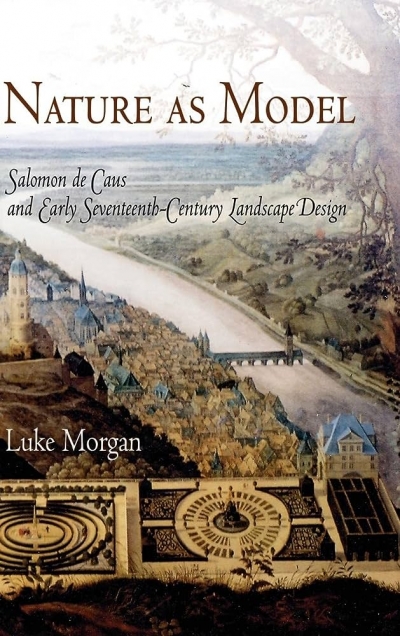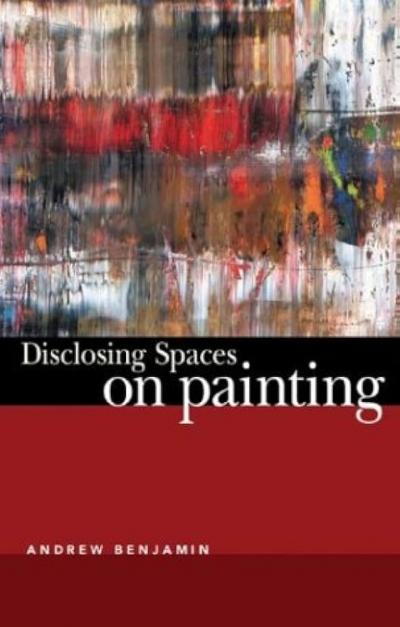Luke Morgan
The Garden of Ideas: Four Centuries of Australian Style by Richard Aitken
The Formalesque: A guide to Modern Art and its History by Bernard Smith
Nature as Model: Salomon De Caus and early seventeenth century landscape design by Luke Morgan
Bellini, Giorgione, Titian, and the Renaissance of Venetian Painting by David Alan Brown et al.
Australian art criticism is a toothless pander that may not even exist. At least that is what some of this country’s most prominent critics, past and present, think. Christopher Heathcote, for example, who was senior art critic for The Age during the early 1990s, believes that art criticism has ‘been shut down by vested, mainly institutional, interests’ and that the system rewards only the ‘most servile conformists’.1 In his opinion: ‘Serve out your time brown-nosing the bureaucracy, and you too will land a cushy sinecure in some part of the museo-academic ziggurat.’
... (read more)Arthur Boyd and Saint Francis of Assisi: Pastels, lithographs and tapestries, 1964–1974 by Margaret Pont
The late Susan Sontag suggested that the photograph ‘offers a modern counterpart of that characteristically romantic architectural genre, the artificial ruin: the ruin which is created in order to deepen the historical character of a landscape, to make nature suggestive, suggestive of the past’. On viewing the retrospective exhibition Bill Henson: Three Decades of Photography, which was organised by the Art Gallery of New South Wales and is now at The Ian Potter Centre: National Gallery of Victoria Australia (NGVA), this familiar idea of the photograph as memento mori struck me as peculiarly apposite. Although the experience of Henson’s photographs is not quite the eighteenth-century one of sighing over ruins, the tone of the exhibition is distinctly melancholic, something like a syncopated elegy in pictures.
... (read more)






